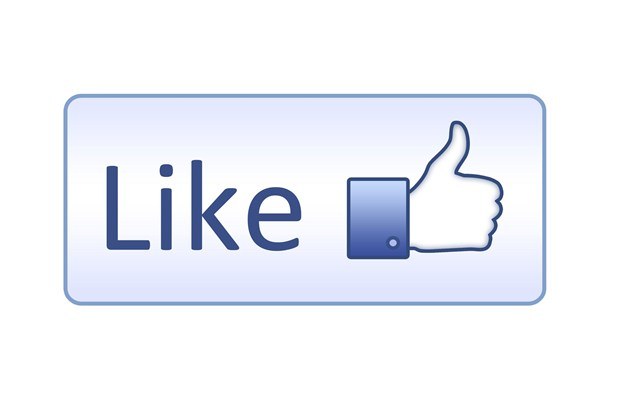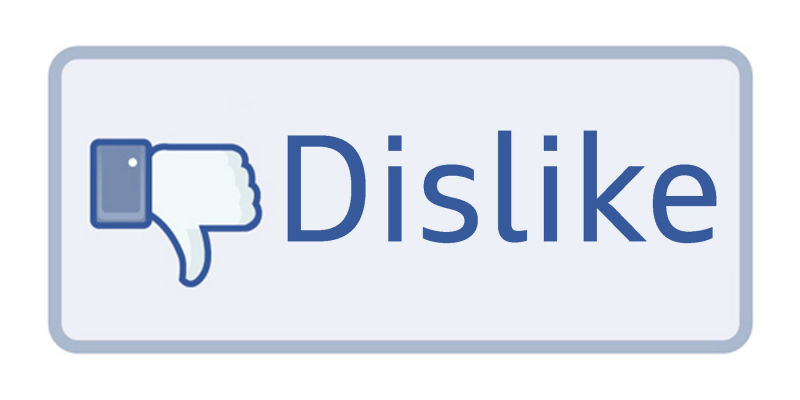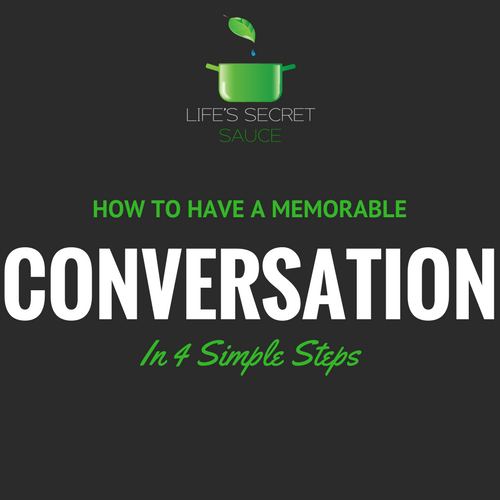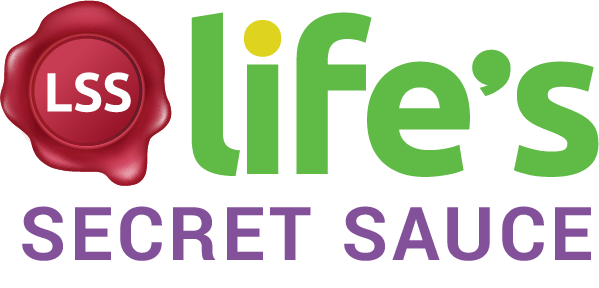The 4 Categories Of First Impressions
The brain is a complex and mysterious organ. The more we discover about the brain, the more we uncover just how incredible it is at assessing what’s going on around us. This article takes a brief look at the power of body language and how it can impact snap decisions made during a fist impression.
The brain plays a huge role in the decision making process. In particular, when reading and understanding body language. We interviewed body language expert Mark Bowden, who shared how specific body language movements are interpreted by the brain.

When we meet someone for the first time we make our initial assessment of them in seconds. Yet, it isn’t as simple as like and dislike; your brain doesn’t work like Facebook. There are actually four categories, each stemming from evolution.

Evolution has given us the tools to trust and not trust because it has been vital for our existence for millions of years. We had to know instantly whether we could trust someone to survive. The brain has developed ways of reading people seconds that allows us to quickly make a judgement on someone, essentially to stay alive!
Now, these snap judgements aren’t always right. Have you ever changed your mind about someone after getting to know them a little better? But, the initial impression whether positive or negative can be difficult to overcome. So much of this initial decision has to do with the body language portrayed during a first encounter. For example, if someone has poor posture, crossed arms, and scowls as you walk toward them, your brain will tell you to stay away.
But how can we use this information to help you find success in life? By understanding how your brain reads and interprets body language, you can understand how other people read you at first glance. Through this knowledge, you can make sure that when you go into an interview or on a first date, you can create trust and rapport nearly instantaneously.
Let’s take a look at the 4 categories of first impressions that our brain uses.
The 4 Types of First Impressions
Category 1: Positive Encounters/ I Like You
This is the positive, "I like this person and I don't even know them" vibe we get with certain people. For most situations, this is usually the intended goal of a first impression. Yet, with some slight changes you can increase your chance to be categorized as friendly and approachable. Your approach and body language must show that you are safe, non-aggressive, and friendly without even saying a word.

How is this done? Use open body language to keep people engaged, draw them in, and build trust. Through the use of open body language, a disarming smile, and a friendly greeting paired with a firm handshake, you will be more likely to fall into this “I like you” category.
Mark explains that employing the use of the "Truthplane", open body language movements at navel height, is one of the most efficient ways of displaying this positive body language.
Category 2: Untrustworthy/I Don’t Like You
Have you ever met someone and had a bad feeling about them? There were no alarm bells or red flags but something didn't sit right when you met them.

If your body language is showing others that you have something to hide or that you may be dangerous this is the category that you may fall into. This is a gut reaction that your unconscious brain makes that something isn't right. Often, this stems from the use of closed body language, aggressive posture, or overly assertive power poses and can make you come across as a threat.
The difficult part about the first two categories is that once you’ve made your initial assessment and decided whether you like someone, your brain cherry-picks the information that it wants to receive so that it can verify its findings. What this means is that with a positive first impression, your brain will actively look for positive signals to reinforce your first impression. This also means that changing a first impression can be very difficult. The brain is looking for evidence to prove it is correct and thus ignores many signals that could help you change your mind.
Category 3: Looking for intimacy
In this case, your brain skips past like or dislike. It then begins to look for similarities and whether the other person is a suitable sexual partner. It wants to know if the other person is part of your tribe. Your primal brain is in search for someone who is strong, healthy, and smart. Once again, evolution plays a huge part in our decision making process. Your brain is in search of someone with the strongest genes for survival. We are attracted to people that we believe have strong genes and can carry ours into the next generation.
We are more likely to be attracted to people with thick, shiny hair, and more muscle tone. This is because we are looking for someone who will help produce strong healthy young and be able to survive a harsh environment. On an evolutionary level, it's all about the genes.
Category 4: Indifference
If you're looking to make a great first impression this is the worst category to be. If you haven't triggered a response for like, dislike, or intimacy the brain simply adds you to an, "I don't care" category.
This pre-programmed response is necessary simply to live in a highly populated world. With 7.5 billion people on the planet we are unable to accurately assess and categorize everyone we meet in a given day. Which leads most encounters to fall into this indiffernece category.
If you find yourself placed in this category your impression will not be given a second thought. Your name is forgotten as well as your presence in the situation.
Has someone ever introduced themselves to you as if it were the first time you met, when you know for a fact you have already had a conversation? Either they have a poor memory, or more likely, your first impression left them with a feeling of indifference. This means your first impression, left a non-impression.
Turning this snap judgment around isn’t easy. And this is why making a an impactful and lasting first impression is so important. These first impression categories are not permanent. But, changing someone's mind is an uphill battle that can be avoided with a few first impression tweaks.
Making the right first impression in 3 easy steps
1. Smile – During your introduction use a real, genuine, smile. Not a fake smile, like you're posing for an awful picture at Chuck E. Cheese, but a Duchenne smile (a real one) that creates crinkles in the corners of your eyes and raises the cheeks. People can spot a fake smile a mile away and it won't be doing your first impressions any favors. According to most social scientists, a genuine smile has to build over 2-3 seconds. It should also linger for about the same amount of time.

2. Eyebrows – You know that feeling you get when you know someone but can’t place them? That just may be their eyebrows talking. We've covered this topic in a recent Youtube video, and great eyebrow work can make people feel safe around you as if they have known you forever.
3. Empty Hands – Again, this stems from our evolutionary brain. Open, empty, & palms up gestures display that you are friendly and trustworthy. It’s why we still use handshakes so prominently today. Standing upright allows our stomach to be exposed and open to attack. When we feel unsafe, our body language closes to protect this crucial part of ourselves. When we feel safe, we open up and put our arms are by our side. This is the reason we feel more comfortable when we are interacting with people with open body language.
Clearly not everyone wakes up each day ready to smile at everyone they meet. But, if you don’t actively try to place yourself into the “ I like you” category during your first impression and if you aren’t conscious of what your body language is saying, you won’t get those opportunities you truly deserve.
Choose your behaviours and how you act around others. We have evolved to be indifferent. Challenge yourself to be less authentic. Everyone has a small group of friends. But there are billions people in the world with whom you are simply indifferent.
Those that are the most successful may not have the best ideas, skills or abilities. What they have is the ability to create a positive first impression that lasts. They make friends within the first few seconds of talking to someone new. This skill is what makes them stand out and pushes them forward in life. Opportunities will arrive when you put yourself out there as a friendly person to be around and exude open and positive body language.
To learn more about body language, read Jacqueline Whitmore’s article on Entrepreneur for 6 ways to make a great impression. If you would like to find out more about how the brain works in the first few seconds of meeting someone, I would highly recommend reading Malcolm Gladwell’s, Blink, a study into the unconscious brain and how it has evolved to read people and objects instantly.
Prefer to watch or listen? Not a problem! Our New Expert Series is full of information about body language and first impressions. Click HERE to watch our interview with body language expert Mark Bowden.
Do you have any tips on how to make a great first impression? If so, leave them below. Don't forget to watch the YouTube video that goes along with this article. Be sure to check out the other articles on Life’s Secret Sauce for even more skills to help you unleash your inner awesome.

Ready to make a flawless first impression every time?
Enter your details below and get access to our FREE video series on how to make an impactful and memorable first impression in 3 simple steps.

